August 5, 2020
Martian mathematics. How geometry helps solve the mystery of dry rivers on Mars
Water is the source of life and one of the main conditions for its appearance on the planet. Therefore, the answer to the famous question “Is there life on Mars?” or at least whether there was once, is closely related to the question of whether there was water on Mars.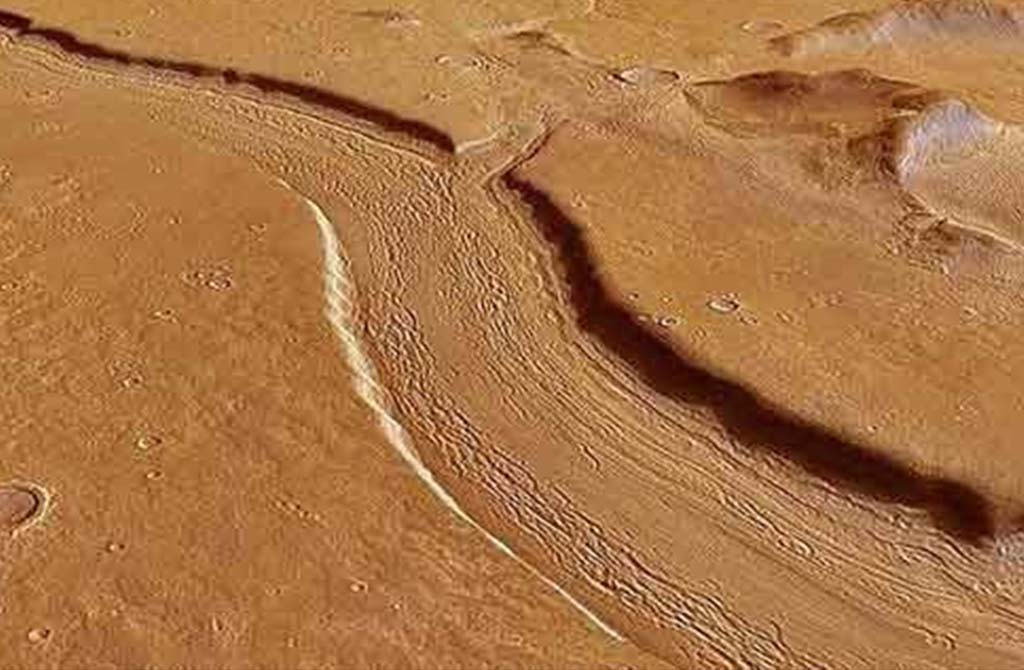 Images of the planet's surface help answer this question. The photos clearly show the dried-up channels of water flows. Now there is no liquid water on Mars, there is only a small amount of ice and a fraction of a percent of water vapor in the atmosphere. According to the age of the washouts and some rocks that could only have been formed under the influence of liquid water, scientists have determined that these flows are about 4 billion years old. At the same time, according to the assumptions of American researchers from the University of Colorado, Mars had an atmosphere with the same pressure as on Earth. It consisted mainly of carbon dioxide and argon mixed with water.
Images of the planet's surface help answer this question. The photos clearly show the dried-up channels of water flows. Now there is no liquid water on Mars, there is only a small amount of ice and a fraction of a percent of water vapor in the atmosphere. According to the age of the washouts and some rocks that could only have been formed under the influence of liquid water, scientists have determined that these flows are about 4 billion years old. At the same time, according to the assumptions of American researchers from the University of Colorado, Mars had an atmosphere with the same pressure as on Earth. It consisted mainly of carbon dioxide and argon mixed with water.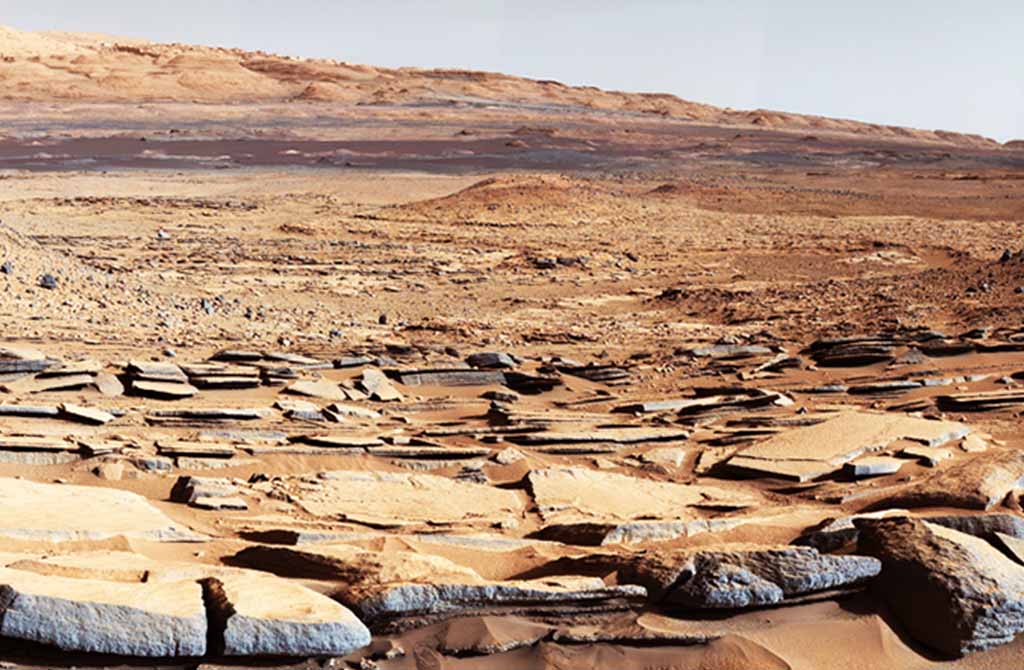 Some scientists go further and hypothesize that there was a significant amount of oxygen in the Martian atmosphere, not only in water, but also in its pure form. This explains the red color of the planet - iron oxides, which give it the famous "blood" hue, at least on Earth, are formed by the oxidation of iron due to contact with oxygen.
Some scientists go further and hypothesize that there was a significant amount of oxygen in the Martian atmosphere, not only in water, but also in its pure form. This explains the red color of the planet - iron oxides, which give it the famous "blood" hue, at least on Earth, are formed by the oxidation of iron due to contact with oxygen.
But back to the threads. Researchers have long tried to understand where they came from. There were two assumptions:
-
Liquid water filled the riverbed due to the melting of ice due to volcanic activity.
-
On Mars it rained for some time filled by the water of the rivers and craters lakes.
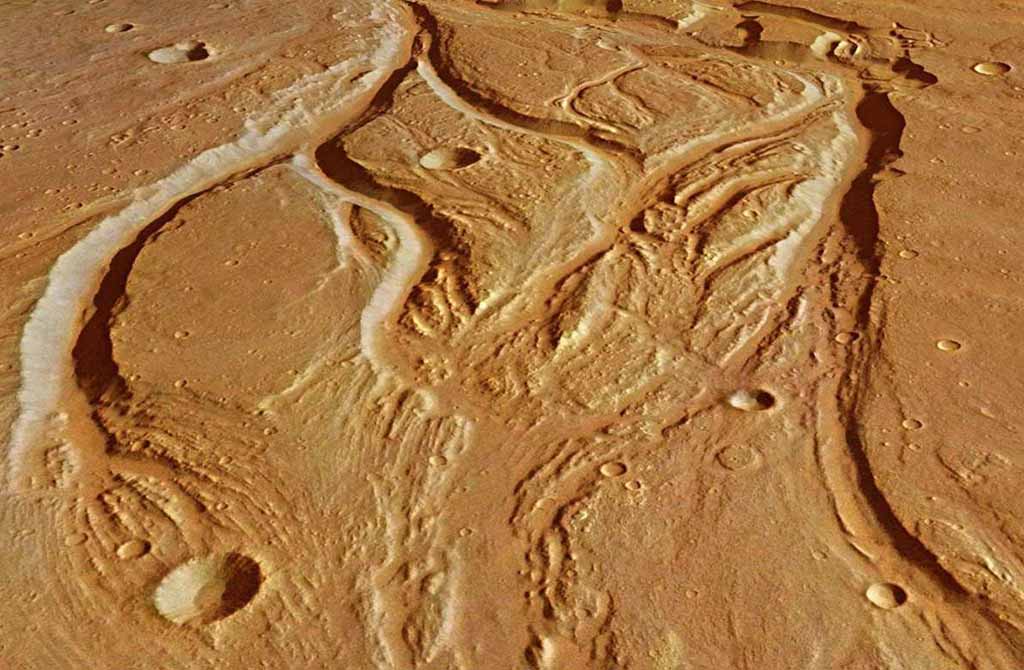 Geometry helped resolve this dispute. More precisely, the measurement of the angles between the flowbeds in the places where they split. This angle is mostly less than 40 degrees. Comparing these values with the geometry of earth's rivers, scientists saw that they are very similar to the flow channels in the deserts of Arizona. There they are filled exclusively with rainwater. And those flows that occur when the ice melts and are fed by ground water, the angle of divergence will be greater. This means that the "rain" hypothesis is more likely.
Geometry helped resolve this dispute. More precisely, the measurement of the angles between the flowbeds in the places where they split. This angle is mostly less than 40 degrees. Comparing these values with the geometry of earth's rivers, scientists saw that they are very similar to the flow channels in the deserts of Arizona. There they are filled exclusively with rainwater. And those flows that occur when the ice melts and are fed by ground water, the angle of divergence will be greater. This means that the "rain" hypothesis is more likely.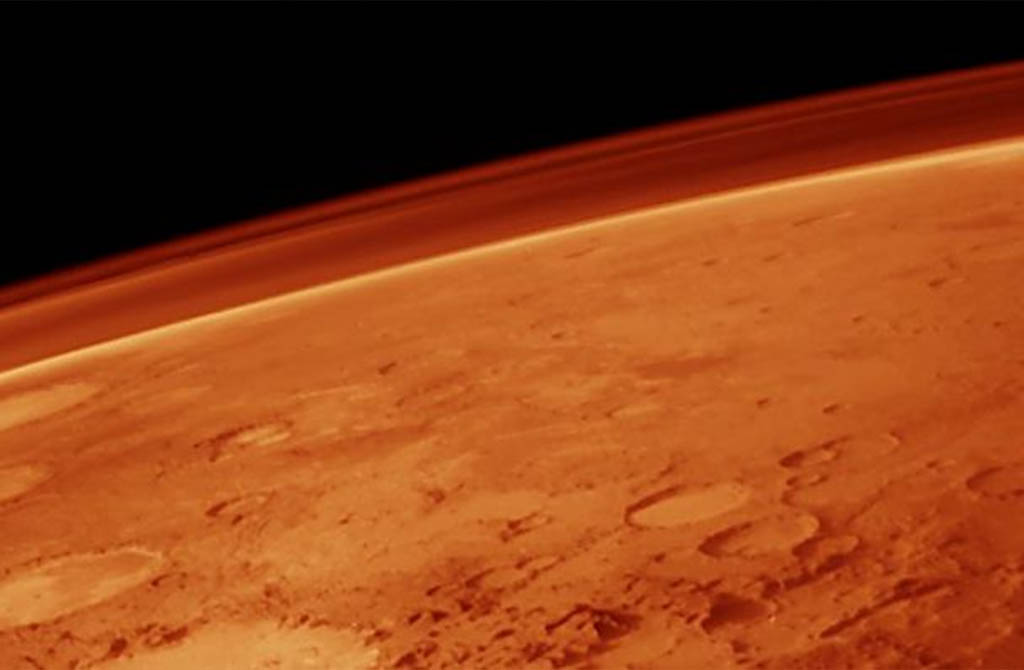 Where has the Martian water gone and why is it no longer raining? It disappeared with the atmosphere. Today's thin and rarefied atmosphere of Mars (its pressure is 160 times less than that of earth) is not able to keep water molecules at the surface of the planet. Dust storms contributed to the disappearance of water, which “threw” water several kilometers from the surface, where it is even more difficult to hold it.
Where has the Martian water gone and why is it no longer raining? It disappeared with the atmosphere. Today's thin and rarefied atmosphere of Mars (its pressure is 160 times less than that of earth) is not able to keep water molecules at the surface of the planet. Dust storms contributed to the disappearance of water, which “threw” water several kilometers from the surface, where it is even more difficult to hold it.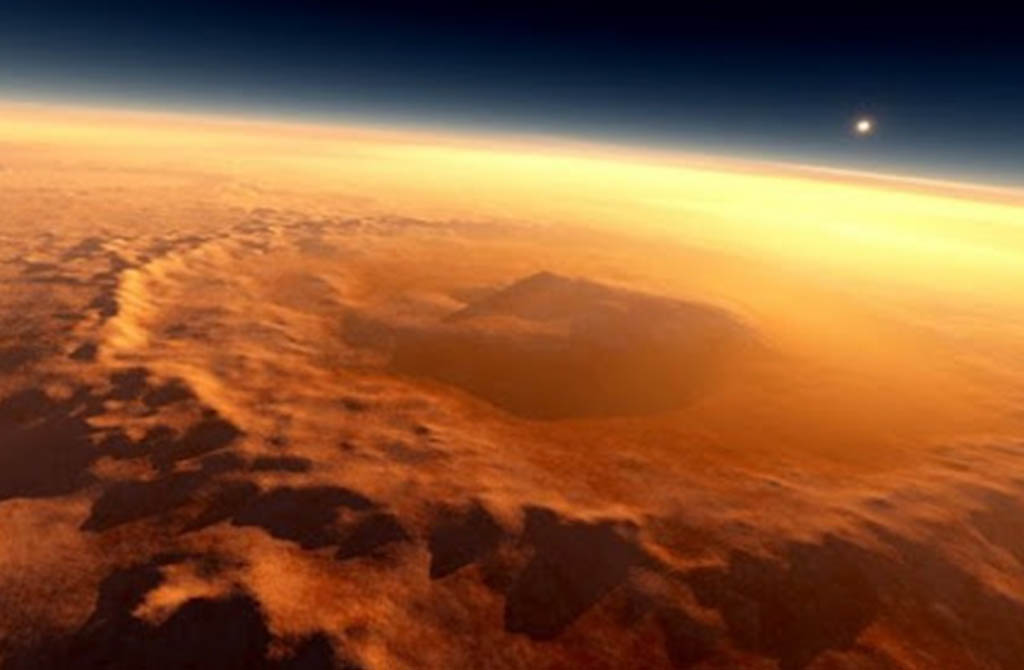 Scientists give different answers to the question why the atmosphere itself has become so thin and weakened:
Scientists give different answers to the question why the atmosphere itself has become so thin and weakened:
-
NASA experts say that it was carried away by the solar wind.
-
Scientists from the State astronomical Institute. Sternberg suggest that this is due to the weak attraction of Mars, which simply could not keep most of the atmosphere around it.
-
Finally, there is the “meteor” theory that Mars once had another satellite, but over time it got too close to the planet and crossed the “Roche limit” - the distance at which the satellite is torn apart by the force of gravity. As a result, it broke into pieces and fell to the surface of the planet in the form of meteorites, “knocking out” most of the atmosphere from it. By the way, the current satellite of Mars, Phobos, is also gradually approaching this milestone. So perhaps, if not for us, then our descendants will have the opportunity to see how everything happened in practice, and assess the consequences.
Read more
July 31, 2024
April 12, 2024
April 5, 2024